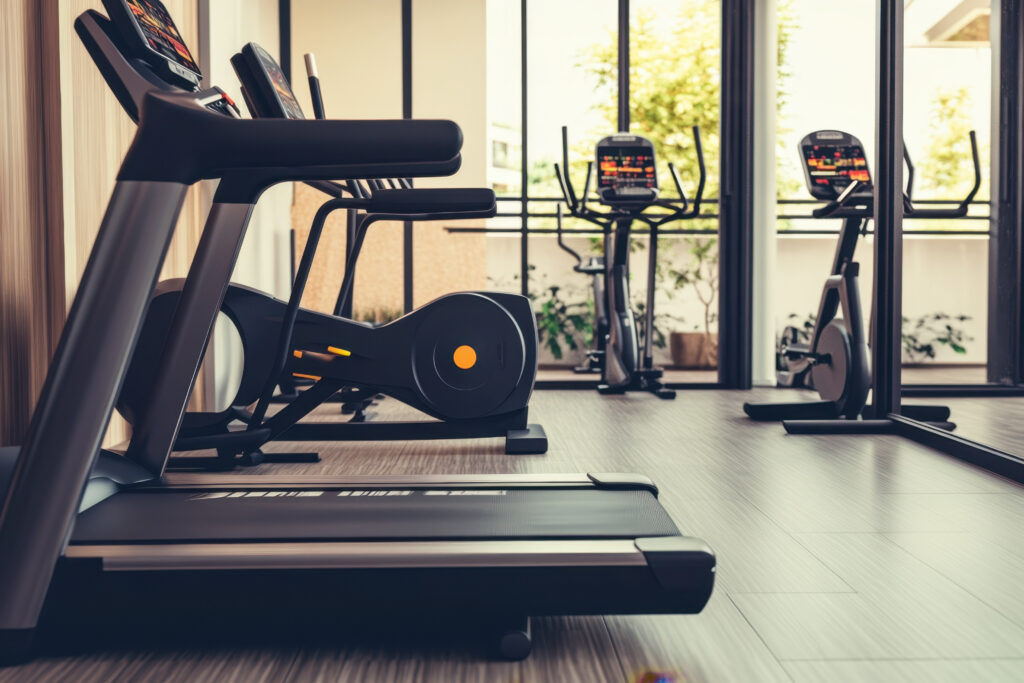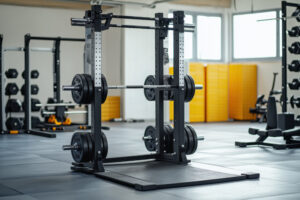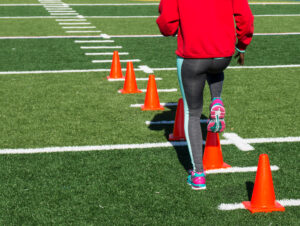When I first moved to Colorado Springs, I thought everyone was just making excuses about the altitude. “Oh, you’ll get used to it,” they said. “Just give it a few weeks.” Yeah, right. Then I tried to do my normal workout routine and nearly passed out after ten minutes on the treadmill. Turns out, they weren’t kidding.
Colorado Springs sits at about 6,000 feet, which doesn’t sound like much until you’re huffing and puffing like you just ran a marathon after climbing one flight of stairs. But here’s the weird thing – after about a month of feeling like I was dying every time I exercised, I started to feel… better. Way better. Like, superhuman better.
That’s when I realized why this place is crawling with Olympic athletes and why the U.S. Olympic Training Center is here. It’s not just the pretty mountains and clean air (though those are nice perks). There’s actual science behind why working out up here kicks your butt and then makes you stronger.

Do You Know The Benefits Of High Altitude Training?
The local gyms have figured this out too. They’re not just regular fitness centers that happen to be located at altitude – they actually know how to work with the thin air instead of pretending it doesn’t exist.
Your Body Freaks Out, Then Gets Awesome
The Red Blood Cell Party
Okay, so here’s what happens when you start working out at 6,000 feet. Your body basically panics because there’s less oxygen in every breath. About 20% less, to be exact. So your bone marrow goes into overdrive and starts cranking out red blood cells like it’s preparing for war.
This takes time, though. I’m talking weeks, not days. For the first couple of weeks, you’ll feel like you’re training with a plastic bag over your head. I remember trying to do burpees and having to stop after five because I thought I was going to throw up. My gym buddy, who’d been here for years, just laughed and said, “Give it time.”
He was right. After about three weeks, I noticed I wasn’t dying quite as much during workouts. After two months, I felt like I had superpowers. All those extra red blood cells were finally doing their job, carrying oxygen around like little delivery trucks.
Your Heart Becomes a Beast
Your heart doesn’t have a choice but to get stronger up here. It’s working overtime to pump blood that’s carrying less oxygen, so it basically becomes a more efficient muscle whether it wants to or not. It’s like doing cardio while you’re doing cardio.
I used to have a resting heart rate in the 70s. After six months in Colorado Springs, it dropped to the high 50s. My doctor was impressed, but honestly, my heart just adapted because it had to.
The Gyms Here Actually Get It
They Know You’re Not Just Out of Shape
The first gym I joined here was terrible. The trainers kept acting like I was just really out of shape when I couldn’t keep up with my usual routine. Thankfully, I found better places that actually understand what altitude does to your body.
Good gyms in Colorado Springs have trainers who know the difference between “needs to get in better shape” and “still adjusting to altitude.” They’ll modify your workouts for the first few weeks instead of just telling you to push through it. Trust me, there’s a difference between productive suffering and just plain suffering.
Some of the fancier places even have those altitude chambers that can simulate even higher elevations. I tried one that went up to 10,000 feet equivalent, and it was brutal. But in a good way, if that makes sense.
The Equipment Selection Makes Sense
You’ll notice that gyms here really emphasize cardio equipment and recovery tools. There are more stationary bikes, treadmills, and rowing machines than you’d typically see. That’s because cardio is where you really feel the altitude difference, so that’s where you get the most benefit.
The recovery equipment is crucial too. Foam rollers, massage chairs, saunas – altitude training beats you up more than regular training, so you need better recovery options. The smart gyms invest in this stuff because they know their members need it.
What Actually Happens When You Leave
The Sea Level Superpower
About six months after moving here, I had to go back to Miami for work. I decided to hit the hotel gym, expecting a normal workout. Holy crap. It felt like I was breathing pure oxygen. My usual 30-minute treadmill run felt so easy I kept checking to make sure the machine was working right.
That’s the real payoff of altitude training. When you go back to sea level, everything feels ridiculously easy. Your body has adapted to working with less oxygen, so when you suddenly have access to “normal” amounts, you feel like you’ve been given rocket fuel.
The effect lasts for weeks too. I felt like I had an unfair advantage for almost a month after that trip. My friends kept asking what supplements I was taking.
Weight Just Falls Off
I wasn’t trying to lose weight when I moved here, but I dropped fifteen pounds in the first three months without changing my diet. Your body burns more calories doing everything at altitude – walking, working out, even just existing takes more energy.
Plus, a lot of people find they’re not as hungry up here, at least at first. Something about the altitude suppresses appetite for many people. I went from being constantly hungry to forgetting to eat lunch half the time.
How to Not Die During the Adjustment
Hydration Is Everything
Nobody warned me about this part. You dehydrate way faster at altitude, and when you’re dehydrated, the altitude effects get ten times worse. I learned this the hard way after a particularly brutal workout where I felt sick for hours afterward.
Now I drink water like it’s my job. Way more than I ever did at sea level. The gyms here have water fountains everywhere for a reason.
Start Slow or Pay the Price
I wish someone had told me to dial back my usual routine for the first month. Instead, I stubbornly tried to maintain my sea level intensity and just suffered unnecessarily.
The smart approach is to reduce your workout intensity by about 20-30% for the first few weeks, then gradually work back up. Your ego might hate it, but your body will thank you.
Colorado Springs altitude training isn’t a magic bullet, but it’s pretty close. If you can survive the first month of feeling like you’re dying, you’ll come out the other side stronger than you’ve ever been. Just don’t expect it to be easy – the best things never are.





